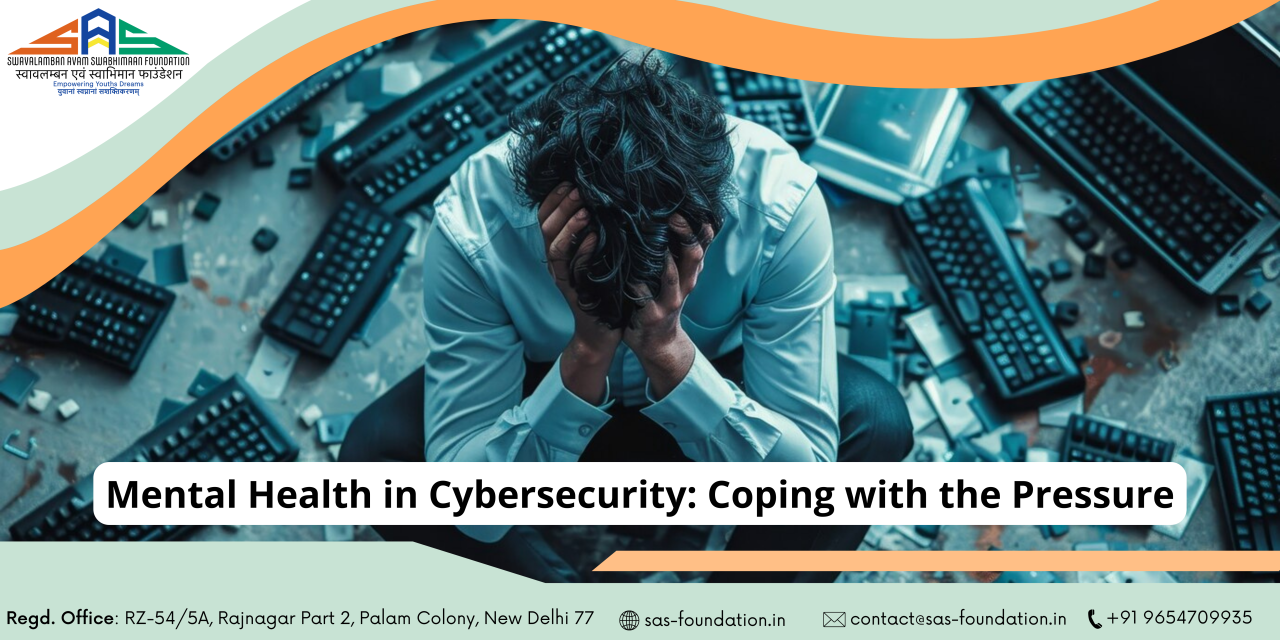Cybersecurity for Nonprofits and NGOs: Safeguarding Mission-Driven Organizations
In today’s digitally connected world, nonprofits and NGOs play a critical role in addressing societal issues, driving humanitarian work, and supporting underrepresented communities. However, with growing reliance on digital systems, these mission-driven organizations have become increasingly vulnerable to cyber threats. While their primary focus remains on social impact, cybersecurity must now take its place as a foundational pillar of their operations.
Why Nonprofits Are Targets
You might wonder: Why would hackers target nonprofits or NGOs that serve noble causes? The answer lies in perceived vulnerability. Unlike large corporations, nonprofits often operate on limited budgets, with fewer resources allocated to digital security. This makes them attractive targets for cybercriminals looking to exploit gaps in IT infrastructure, outdated systems, and unaware staff.
Moreover, nonprofits store a wealth of sensitive data—donor information, financial records, health records, identity documentation, and more. If compromised, this data can be used for identity theft, fraud, or ransom, damaging the organization’s reputation and jeopardizing the trust of stakeholders.
Key Cybersecurity Threats Faced by Nonprofits
Nonprofits encounter the same digital threats as private and public sector organizations, but with far fewer safeguards in place. Some of the most common threats include:
- Phishing Attacks
Fraudulent emails or messages designed to trick staff into revealing credentials or downloading malware. - Ransomware
Malicious software that locks access to systems or data until a ransom is paid—crippling operations and risking data loss. - Data Breaches
Unauthorized access to sensitive donor or beneficiary information, resulting in financial and reputational damage. - Social Engineering
Manipulation tactics used to deceive employees into sharing confidential information. - Unsecured Devices and Networks
Many nonprofits use donated or outdated equipment without firewalls or regular updates, making them easy targets. - Third-Party Vulnerabilities
Partnering with vendors or platforms that lack robust cybersecurity measures can inadvertently expose nonprofits to cyber risks.
The Real-World Impact of a Breach
For a nonprofit, a successful cyberattack can be devastating. It can halt essential services, damage credibility, lead to loss of funding, and expose vulnerable populations to harm. For example, a data breach in a child welfare NGO could expose minors’ identities, putting their safety at risk. A hacked humanitarian aid organization could delay critical relief during crises.
Cybersecurity is no longer a luxury; it’s a necessity to uphold the very missions nonprofits work tirelessly to fulfill.
Best Practices for Strengthening Cybersecurity
The good news? You don’t need a massive budget to protect your organization. Even basic security protocols can significantly reduce your risk. Here are essential steps every nonprofit should take:
1. Implement Strong Password Policies
Encourage employees and volunteers to use strong, unique passwords and enable two-factor authentication (2FA) wherever possible. Tools like password managers can help staff maintain secure credentials.
2. Train Your Team
Cybersecurity is a shared responsibility. Conduct regular workshops or webinars to train staff, interns, and volunteers about phishing, suspicious emails, and safe internet usage.
3. Use Secure Tools and Platforms
Avoid free or unverified tools that may lack security. Choose trusted platforms with end-to-end encryption for communication, data storage, and collaboration.
4. Regularly Update Software and Systems
Ensure all systems, apps, and antivirus software are updated regularly. Many attacks exploit vulnerabilities in outdated systems.
5. Back Up Data
Implement routine data backups—preferably both onsite and cloud-based. In case of ransomware or a breach, your data remains safe and recoverable.
6. Restrict Access
Apply role-based access control. Not every volunteer or staff member needs access to every file. Limit permissions based on responsibilities.
7. Develop a Cybersecurity Policy
Draft a simple but comprehensive cybersecurity policy outlining best practices, emergency response procedures, and responsibilities. Ensure all team members are aware and compliant.
8. Get Cyber Insurance (If Possible)
Some policies now cover nonprofits and NGOs. Even basic coverage can provide financial protection in case of a major breach or incident.
Leverage Partnerships and Free Resources
One of the biggest assets nonprofits have is their network. Collaborate with tech companies, cybersecurity professionals, or academic institutions offering free tools, training, or support.
Organizations like:
- TechSoup: Offers discounted software and IT services to nonprofits.
- CyberPeace Foundation: Provides cybersecurity awareness and training for social sector institutions.
- Google for Nonprofits and Microsoft for Nonprofits: Offer secure tools and cloud services with enhanced security features at reduced or no cost.
You don’t have to go it alone—partnerships can multiply your impact and resilience.
Leadership’s Role in Cyber Readiness
Cybersecurity starts at the top. When nonprofit leaders prioritize digital safety, it sets the tone for the rest of the organization. Board members and executives must view cybersecurity not as an IT issue but as a governance responsibility.
By allocating even a modest budget to security, advocating for team training, and including cybersecurity in strategic planning, leaders protect not just their data—but their mission.
Empowering Mission-Driven Organizations with Resilience
Cyber threats are evolving every day, and so must our defenses. But cybersecurity doesn’t have to be daunting or expensive. By adopting proactive measures and building a culture of awareness, nonprofits can turn vulnerability into strength.
At Swavalamban Avam Swabhimaan Foundation (SAS Foundation), we believe that safeguarding digital infrastructure is essential for long-term social impact. That’s why we’ve launched YouthSecure 4.0—a dedicated program for empowering NGOs, youth networks, and community groups with practical, affordable cybersecurity knowledge.
Whether you’re a large foundation or a grassroots collective, protecting your mission begins with awareness and action.
Take the Next Step
Want to secure your nonprofit’s digital future? Start by reading the full article and implementing these strategies. Subscribe to our YouthSecure 4.0 newsletter for expert insights, real-life case studies, and practical toolkits.
📬 Subscribe on LinkedIn: https://lnkd.in/ddqPr5HQ
Together, let’s build a safer digital world for mission-driven organizations. Every step you take toward cybersecurity is a step toward a stronger, more trusted impact.










